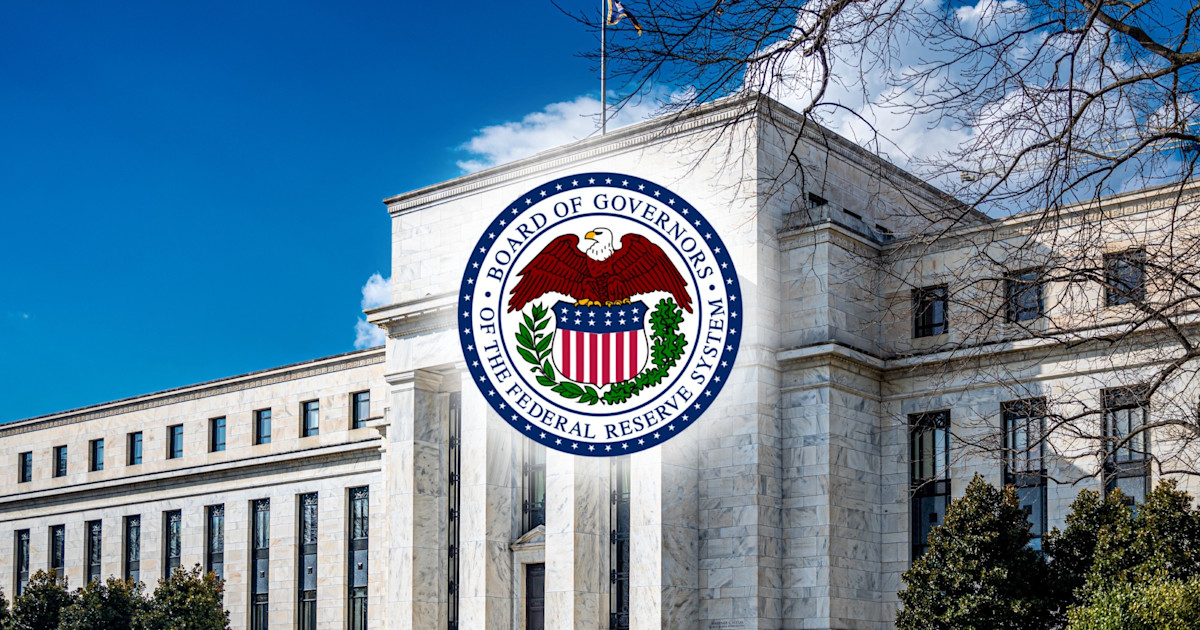O
n Oct. 29 the Federal Reserve trimmed its policy rate by 25 basis points, setting the federal funds range at 3.75‑4%. The move was largely anticipated, so mortgage rates have largely absorbed the change and are expected to stay near current levels unless a major economic shift occurs. The Fed also announced that quantitative tightening will end in December, injecting liquidity into the economy. Chair Jerome Powell described the cuts as “risk‑management” decisions, noting that inflation has eased from its peak, but concerns about a softening labor market remain.
The ongoing federal shutdown has stalled the release of key economic data, making a December rate cut less certain. Powell likened the situation to driving in fog: “You slow down.” The Fed’s policy committee was split on the size of the cut—Governor Stephen Miran favored 50 bps, while Kansas City Fed President Jeffrey Schmid preferred no change—highlighting that a faster pace of cuts would require a sharper slowdown in activity.
Mortgage markets have already priced in the 25‑bp cut. 30‑year fixed rates have been falling in the weeks leading up to the meeting, and the lack of new data has kept rates from moving further. Despite lower rates, buyer activity remains muted. National Association of Realtors data show September pending sales unchanged from August and down 0.9 % YoY. A WalletHub survey found most consumers feel a quarter‑point cut won’t alter their plans. Mortgage Bankers Association data indicate the recent rate decline has spurred more refinancing than new purchases, with affordability still a hurdle amid economic uncertainty.
Builders, however, may see a benefit. National Association of Home Builders economist Robert Dietz notes that the federal funds rate cut directly lowers acquisition, development, and construction (AD&C) loan rates, the primary financing source for private builders who construct over 60 % of single‑family homes.
Across the border, Canada’s central bank also cut rates by 25 bps on Oct. 29, bringing its policy rate to 2.25 % as it tackles a weak labor market and 2 % inflation. Unemployment rose to 7.1 % in August, partly due to new U.S. tariffs on steel, aluminum, and cars.















